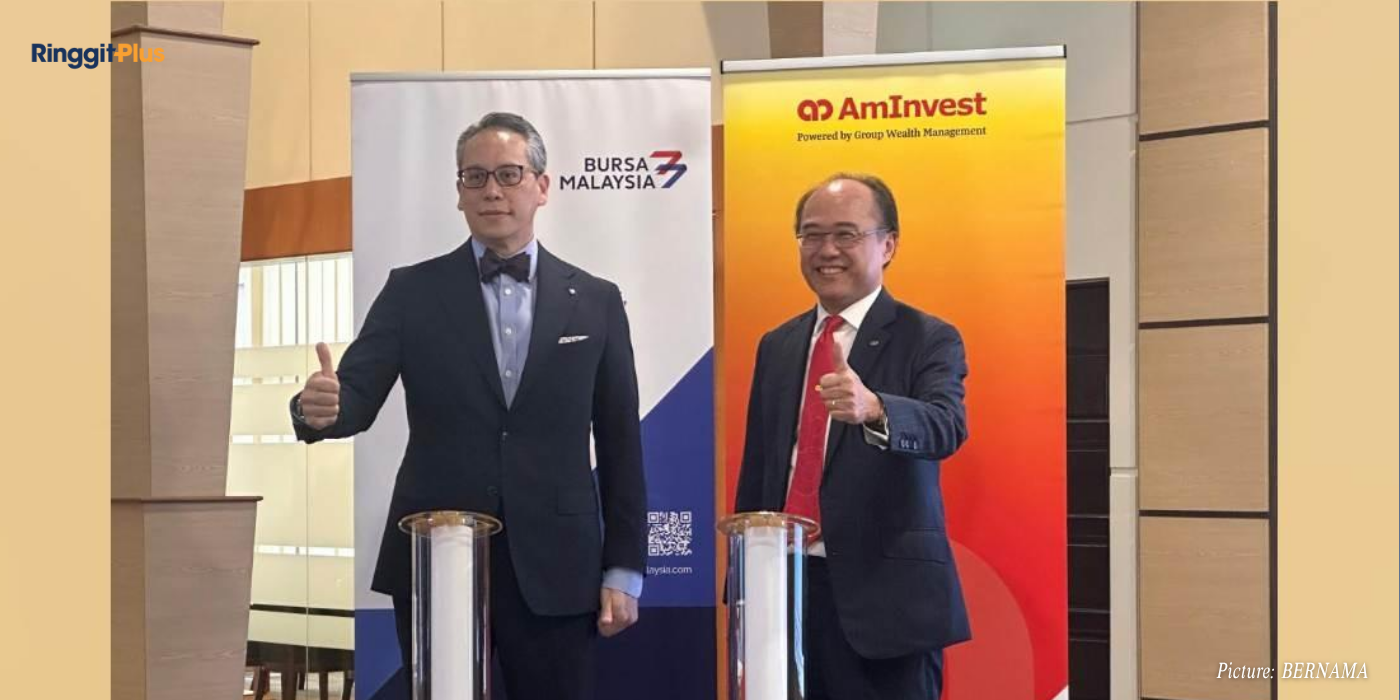RinggitPlus
17th January 2019 - 6 min read

Fees are important to consider when choosing an investment product because they have a direct impact on whether you can achieve your investment targets. Lower fees help you earn higher returns in the long-term, so you can reach your financial goals sooner.
So, when you have identified what you plan to invest your money on, it’s crucial not only to understand the associated risks involved, but also what the fee structure is like. Making sure you pay low fees for your investments isn’t always easy because not all fee structures are straightforward or explicitly disclosed.
What fees should you look for when you’re investing?

Typically, wealth managers, advisors, banks, and insurance companies charge some combination of the following fees:
- Initial sales charge, or entry fee: This is a fee you might have to pay when you buy a fund, and typically is embedded into the pricing of structured investment products. In Malaysia, banks typically charge a 3-5% entry fee for Unit Trusts. This means that if you invest RM100,000, only RM95,000-97,000 will actually get invested.
- Management fee: Most fund managers charge a fixed percentage of assets under management on an annual basis. In Malaysia, balanced and Equity Unit Trusts typically charge a management fee of 1.5% – 2.0% annually.
- Trading commission: Some brokers charge a fee to process each transaction.
- Withdrawal fee: Withdrawal fees can vary depending on the amount withdrawn and how long you’ve had the portfolio. Ask your potential portfolio manager if you would have to pay a fee if you were to withdraw any amount from your portfolio at any time.
- Switching fee: In the case that you want to switch from one fund to another, you may incur a fee that goes to the manager.
If you don’t see these fees explicitly stated in a contract, be sure to ask the manager explicitly before you start investing. For instance, typical hybrid investment/insurance products, such as Investment-linked Policies (ILPs), charge a variety of different fees that add up to 2.5-4.0% annually.
Here’s an example of how those fees could stack up: if you buy a Unit Trust from a bank, you could pay an entry fee of 3% to 5% of assets invested every time you buy a fund or switch funds, plus a 1.5% to 2.0% annual management fee. If you pay a 3% entry fee and you change funds every 2 years, on average you pay 1.5% annually. Then add a 1.5% management fee: Your total fee will be on average 3% per annum.
Why do fees matter?

Although investing just about has a variety of fees, fee structures don’t have to be complex or expensive. So, what’s a low fee? 1% could sound low. So could 3%. And does a 2% difference really have an impact?
Let’s say you invest RM3,000 monthly for 25 years for your retirement into a Unit Trust with pre-fees returns of 6% annually, and a 3.0% total management fee annually. Meanwhile, a colleague of yours also invests RM3,000 monthly for 25 years for his retirement in a different product that also has pre-fees returns of 6% per annum, but charges 1.0% annually.
With lower fees over 25 years, your colleague will have RM440,000+ more than you. That RM440,000+ is equivalent to 150 months, or more than 12 years, of saving RM3,000 monthly! This colleague will be retired and sitting on a beach years before you can retire.
Robo-advisors keep your fees low

Does a fee lower than 1% mean you’re not getting a quality investment management product? Not at all. These days, it means that the investment product is cost-efficient (and perhaps that the manager has your best interests in mind!).
Over the last decade, technology has enabled online wealth managers, commonly known as “robo-advisors”, to emerge and flip the traditional fee paradigm by allowing individuals to get even better services at a lower cost. Low fees are certainly attractive, but it’s also the digital apps’ personalisation and convenience at such low costs that really make robo-advisors so compelling.
Because of robo-advisors’ technology-driven automated processes, they don’t have the high overhead costs that traditional advisors have. As such, robo-advisors can pass these savings on to clients: robo-advisors typically charge between 0.2% and 1% annually, and often don’t have other fees. That costs 2-3% less than a Unit Trust from a bank in Malaysia. That’s 2-3% more in returns just by paying less in fees.
The automation inherent with robo-advisors’ technology simultaneously achieves lower operational costs and greater portfolio management precision; that automation usually involves systematic portfolio management, meaning no human bias gets in the way. With unbiased automation, robo-advisors can efficiently update your portfolio while delivering the high-quality investment service you expect and deserve.
Robo-advisors are becoming so prolific that McKinsey & Co. reported that robo-advisors around the world could be managing up to $13.5 trillion USD worth of assets by 2020. Banks have even been adopting hybrid robo-advisors to improve their offerings.
Many robo-advisors have low or even RM0 investment minimums, usually no initial sales charge/entry fees, and no withdrawal fees, meaning that more people can now afford to invest their money These combined factors are why robo-advisors will soon be a common investment tool.
Say goodbye to traditional fee structures

If you are interested to try robo-advisors as an investment platform, you can now do so in Malaysia. The Securities Commission granted the first license to StashAway in October 2018, and StashAway now accepts investments in Malaysia after operating in Singapore for 1.5 years.
StashAway has a simple fee structure that ranges from 0.2% to 0.8%, depending on the value of your assets under management. This one management fee is the only fee you’ll pay to StashAway. That means you’ll never be charged for withdrawing funds, missing a scheduled deposit, or changing your portfolio settings. Whether you’re investing RM100 or RM1,000,000, you’re getting access to institutional-level portfolio management sophistication at a fraction of the cost.
Wherever you end up investing your money, be sure you know what exactly fees you’re paying. It could make the difference between retiring at 60 instead of 65. Find out more about StashAway and what it can do for you and your money.





Comments (0)